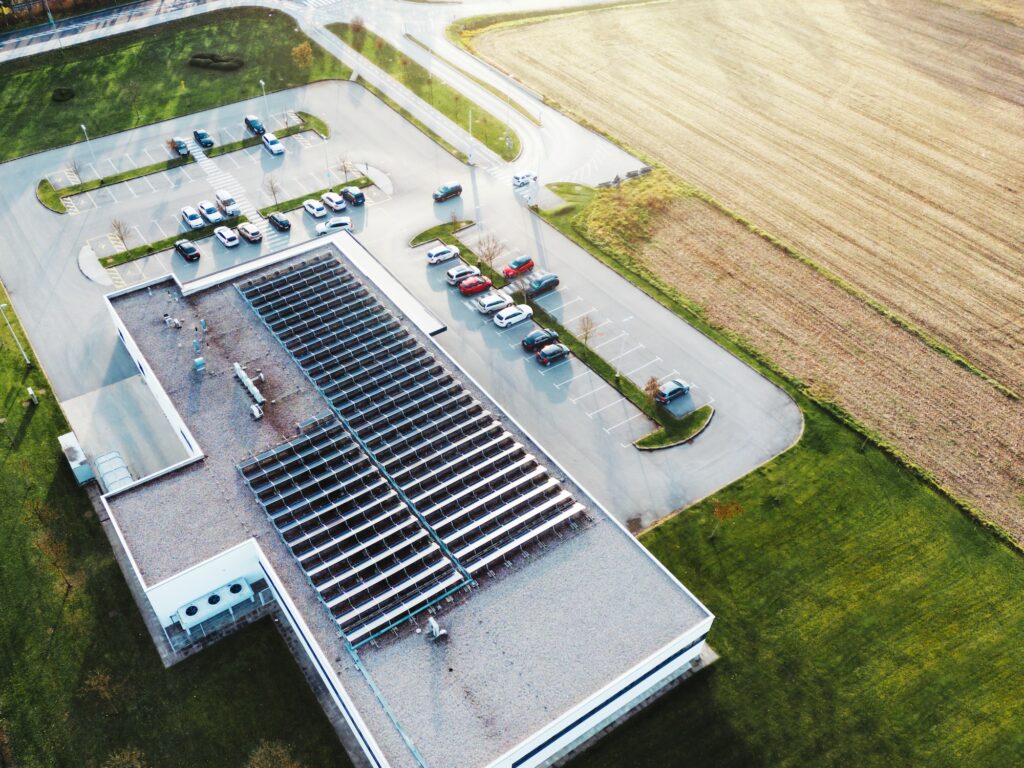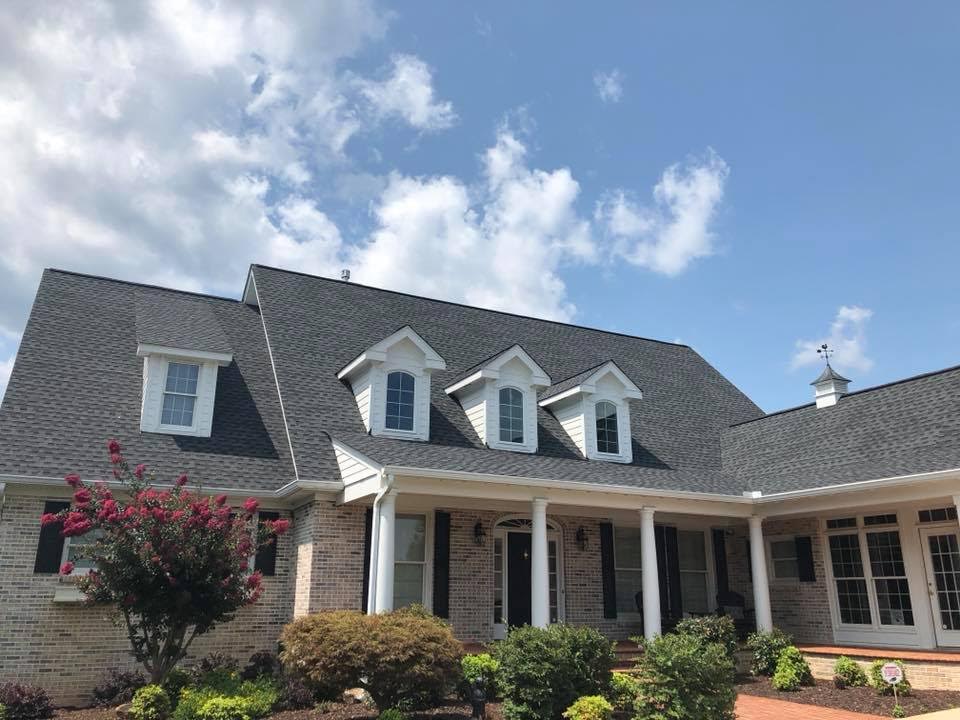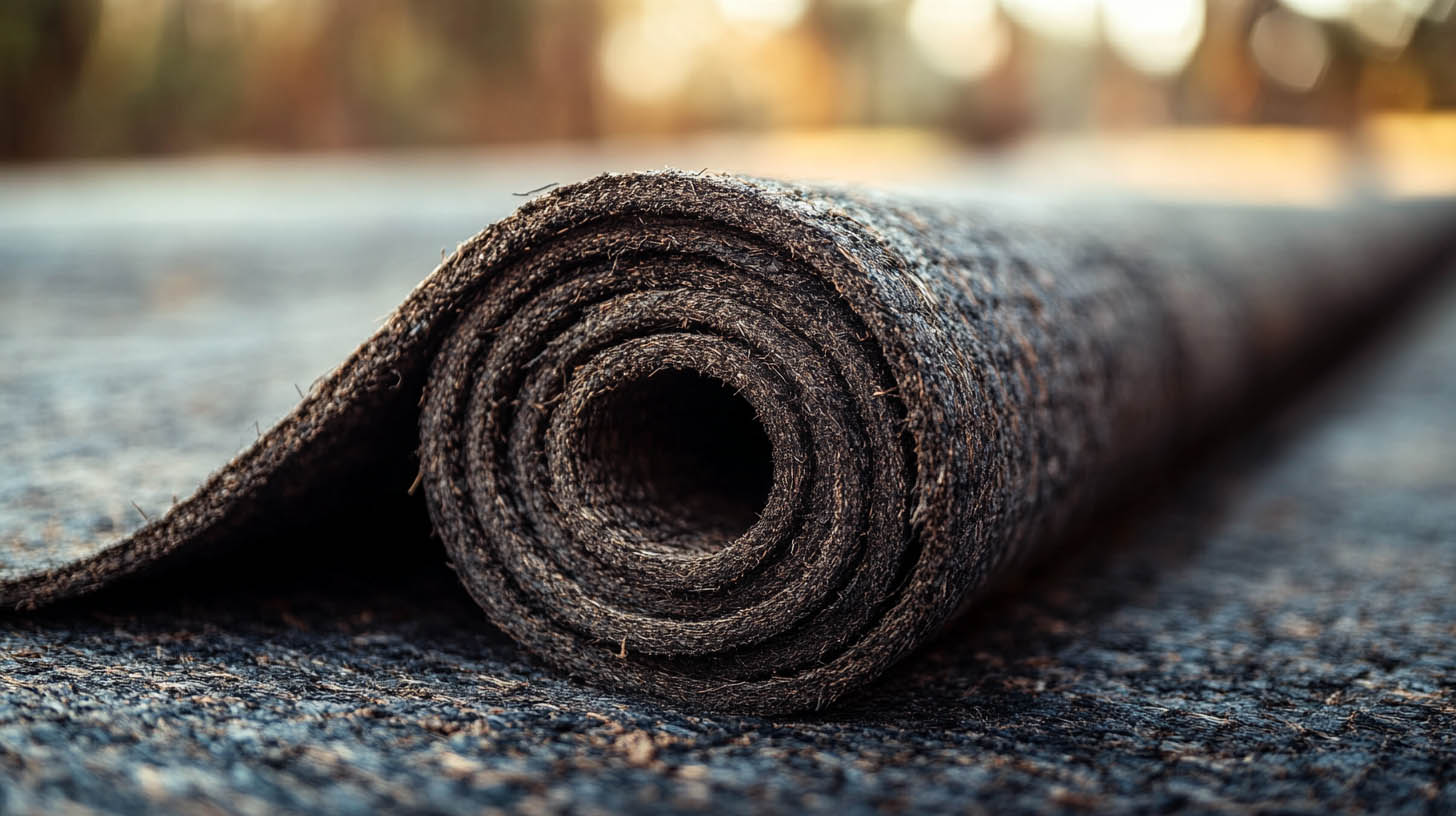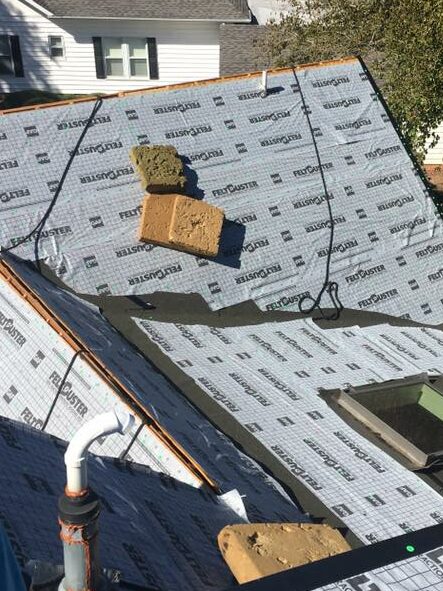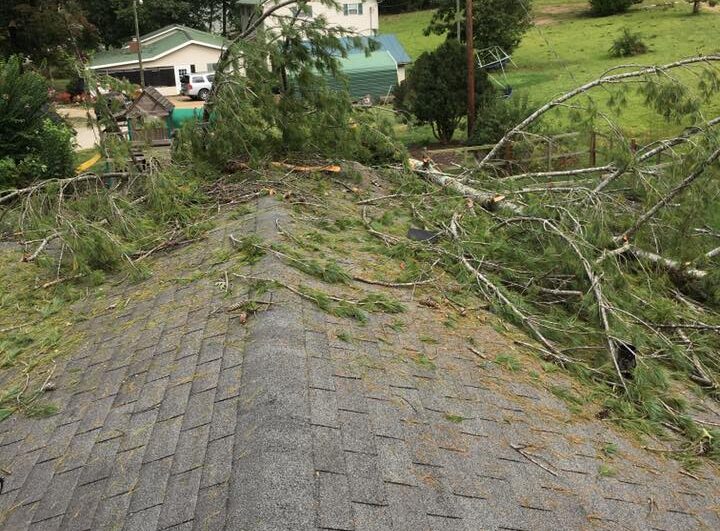Ponding water on flat roofs can lead to significant damage, particularly on membrane roofs such as TPO or PVC. United Contracting & Roofing LLC in Greenville, SC, provides insights into how ponding water causes damage and how to prevent it.
How Damage Occurs
1. Accumulation of Dirt and Debris
Every time it rains, water collects in low spots on the roof, allowing dirt and debris to settle. Over time, this debris accumulates, making the low spots darker and more prone to heat absorption.
2. Formation of Dark Areas
With each cycle of rain and evaporation, another layer of dirt is left behind. This repeated process causes the low spots to darken, which can significantly raise the temperature in these areas.
3. Increased Heat Absorption
The summer sun can raise the temperature of these dark areas to 160 degrees Fahrenheit. White membranes, designed to reflect heat, are not engineered to withstand these high temperatures for extended periods. The excessive heat causes the membrane to deteriorate prematurely, leading to leaks and failures.
4. Structural Issues
Improper drainage is a common cause of ponding water. Roofs without a positive slope towards drains or improperly sumped drains are prone to ponding. This can lead to severe formation of dark areas, destroyed membranes, and large leaks.
Effects on Roof Membranes
Membrane Deterioration
White TPO or PVC membranes typically reflect heat, keeping buildings cooler in summer. However, prolonged exposure to high temperatures from ponding water causes these membranes to break down. Over time, this results in membrane failure and leaks.
Damage Examples
- Corners and Edges: Debris collects in corners and edges, leading to membrane damage. In some cases, the membrane above and below the scrim is completely burned away.
Debris collected, cleaned, photographed, and repaired. - Scrim Exposure: In areas where the membrane has failed, the scrim (reinforcing fibers) becomes visible. This indicates total failure due to ponding water.
Area in front of a curb that is in total failure due to ponding water. - Cross Sections: Cross sections of TPO/PVC membranes show reinforcement fibers, essential for membrane strength. When the membrane deteriorates, these fibers are exposed, compromising the roof’s integrity.
Cross sections of TPO/PVC membranes showing the reinforcement fibers.
Prevention and Maintenance
To prevent ponding water damage, ensure proper drainage and regular maintenance. This includes:
- Ensuring a positive slope towards drains.
- Regularly cleaning debris from the roof.
- Conducting routine inspections and repairs.
Conclusion
Ponding water on membrane roofs can cause severe damage over time. Understanding how this damage occurs and taking preventive measures is essential for maintaining the integrity of your roof. For expert roof maintenance and repair services, contact United Contracting & Roofing LLC. Their experienced team provides quality solutions to protect your roof and ensure its longevity.If you want to know more about What to Know if Inclement Weather Disrupts Your Roofing Project, click here.

